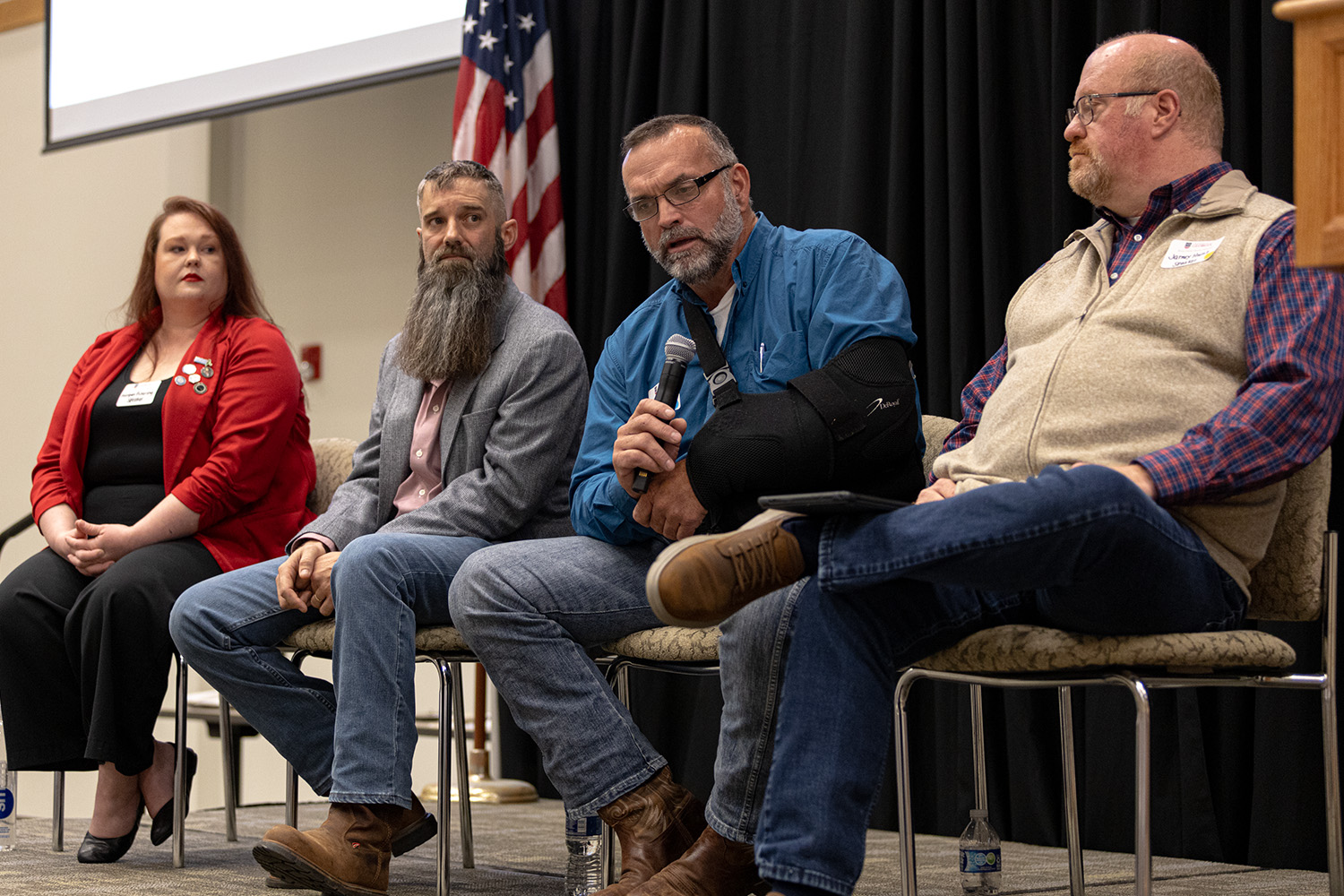
An essential part of the U.S. agricultural industry, the H-2A program offers a lifeline for farmers facing seasonal labor shortages. The program enables them to hire migrant workers on a temporary basis when attempts to hire domestic workers are unsuccessful.
Yet, as the agricultural sector navigates the delicate balance between productivity and financial viability, the high costs associated with the H-2A program present a very real and present challenge for farmers striving to sustain their operations.
With an aging farmer population — the average age of a U.S. farmer is nearly 58 years old — and domestic labor shortages in the agricultural sector, the demand for a reliable workforce has never been more critical.
“The high patronage of the H-2A program in more recent years tells you that farmers are desperate for help and consistently struggle to find domestic workers for these highly laborious jobs,” said University of Georgia College of Agricultural and Environmental Sciences Professor Cesar Escalante. “When there is high demand for farm production, farms are pressed to deliver, so we see upticks in the H-2A program.”
However, Escalante said there are multiple aspects of this issue that deserve attention and research: the welfare of the workers being employed, the farmers and families trying to keep their businesses afloat, and the larger impacts the program has on the agricultural industry at large.
New year, new wage rates
Last month's announcement of the 2024 Adverse Effect Wage Rates (AEWR), effective Jan. 1, dictated that Georgia farmers will once again see an increase in the program, bringing wages from $13.67 in 2023 to $14.68 in 2024. Over the last two years, Georgia farmers have had to increase their wages by a sharp 21%.
As farmers prepare for the growing season ahead, many people fear the drastic AEWR increases will take a toll on the economies of heavily agricultural states.
“On the one hand, these changes help bring Georgia farm wages up to the national standard, minimize gaps between farm wages and livable wage standards, and better address worker welfare,” Escalante said. “But, on the other hand, we need to know how these rates — when abruptly, instead of gradually, increased — impact the agricultural industry. This year I’ll be tracking the impact recent wage rate increases had on the states’ farming sector to get a more complete picture of how these wages affect the industry.”
In December, members of the Georgia House and Georgia Senate urged the state's congressional delegation to address critical issues affecting growers in the state — namely, more transparency around the process used for establishing updates to the annual AEWR.
Last year a group of Georgia farmers requested the reversal of the 2023 AEWR, contending that such a sudden significant increase in labor cost would threaten the business viability of many farms already faced with higher input costs, inflation and supply chain disruptions. Georgia growers are requesting a temporary pause in the 2024 rate increase as growing concerns for the program's affordability could result in fewer acres being produced or the loss of farm businesses altogether, which would drive more substantial reliance on imports from other countries.
The future of the H-2A program
“As a university researcher, I always assess issues from various perspectives — not just from a singular viewpoint,” said Escalante, who joined the Department of Agricultural and Applied Economics more than 20 years ago. “It is true that the workers deserve better pay, but if the rates increase too quickly and the program becomes unaffordable, farmers may struggle to stay in business. We need the data to understand these larger implications, and that’s what I aim to find in my research.”
In addition to how AEWR is rolled out each year, Escalante explained that most H-2A reforms focus on procedural issues to increase processing efficiencies and timeliness. However, there have not been any substantial amendments in the H-2A program in many years.
In the halls of Congress, state legislators and growers' organizations, such as the Georgia Fruit and Vegetable Growers Association, are working together to provide legal pathways for improving the H-2A program to offer growers a viable and sustainable process for employing these necessary workers each year.
Alternatively, Escalante said Congress is considering a bill that could offer a legal pathway for H-2A workers to become citizens. The proposed bill, if passed, would not only provide workers with job security and longer work tenure, it would also increase states’ tax revenues, reduce labor shortages in agriculture, and help mitigate the long wait times farmers go through as H-2A paperwork is processed each year.
For the thousands of hard-working men and women who rely on the H-2A program, and for the survival of the U.S. agricultural sector, Escalante hopes that more researchers and interest groups will continue to conduct more timely and crucial work in this area.
“More collaborative research and outreach efforts should be aimed at producing more informative and educational outputs that will help launch more informed and meaningful changes in the farm labor market,” said Escalante. “After all, these changes will surely benefit the migrant workers who help power U.S. food production and provide a profitable, balanced path forward for the farmers who need them.”
“This is a tough issue,” he said, “Tension is high right now for many people struggling to make a living, but ultimately, I hope these workers will be seen as a valued asset to the country’s rich and diverse national history, and not as a threat.”
Editor's note: This is the final segment of a three-part series exploring how U.S. immigration policy impacts agricultural production in Georgia. Read part one and part two on CAES Newswire.






